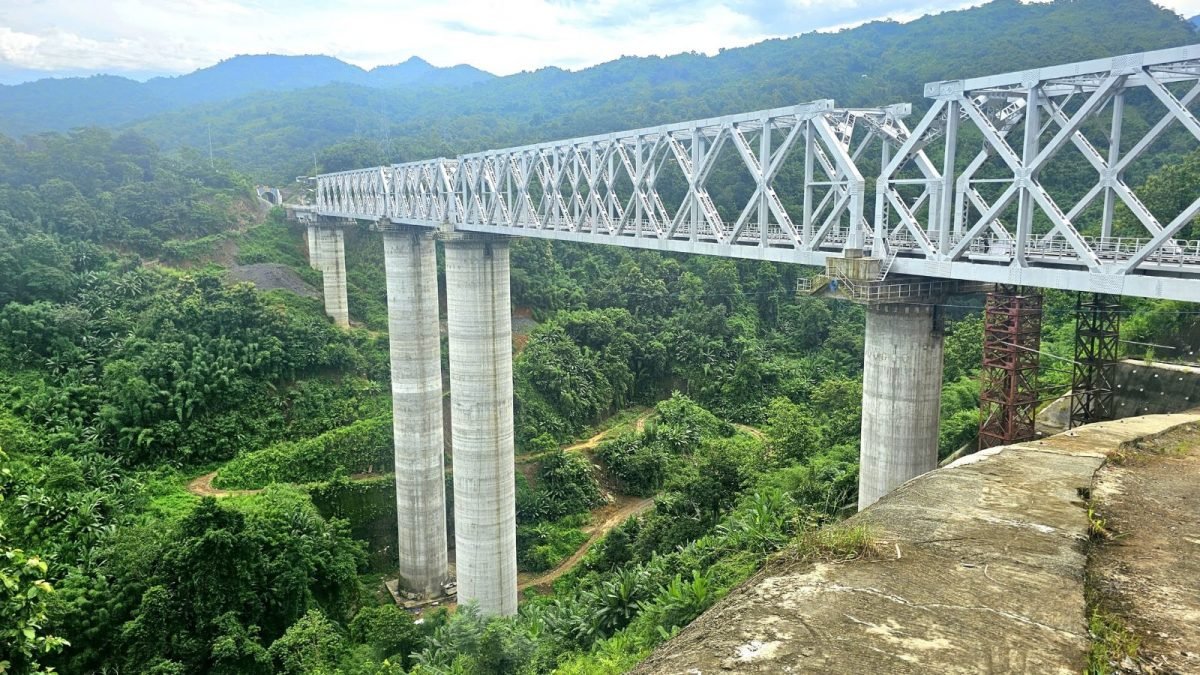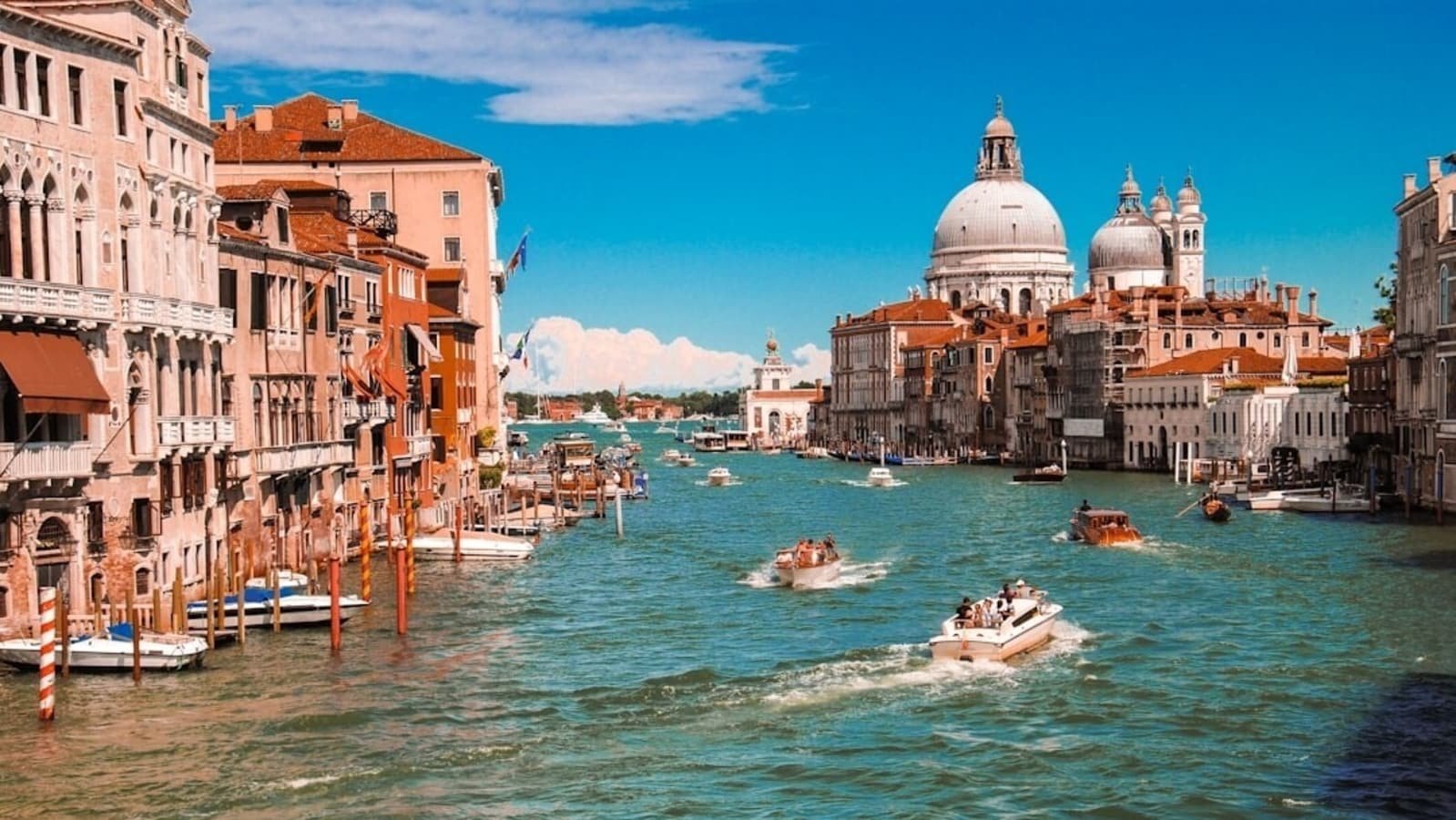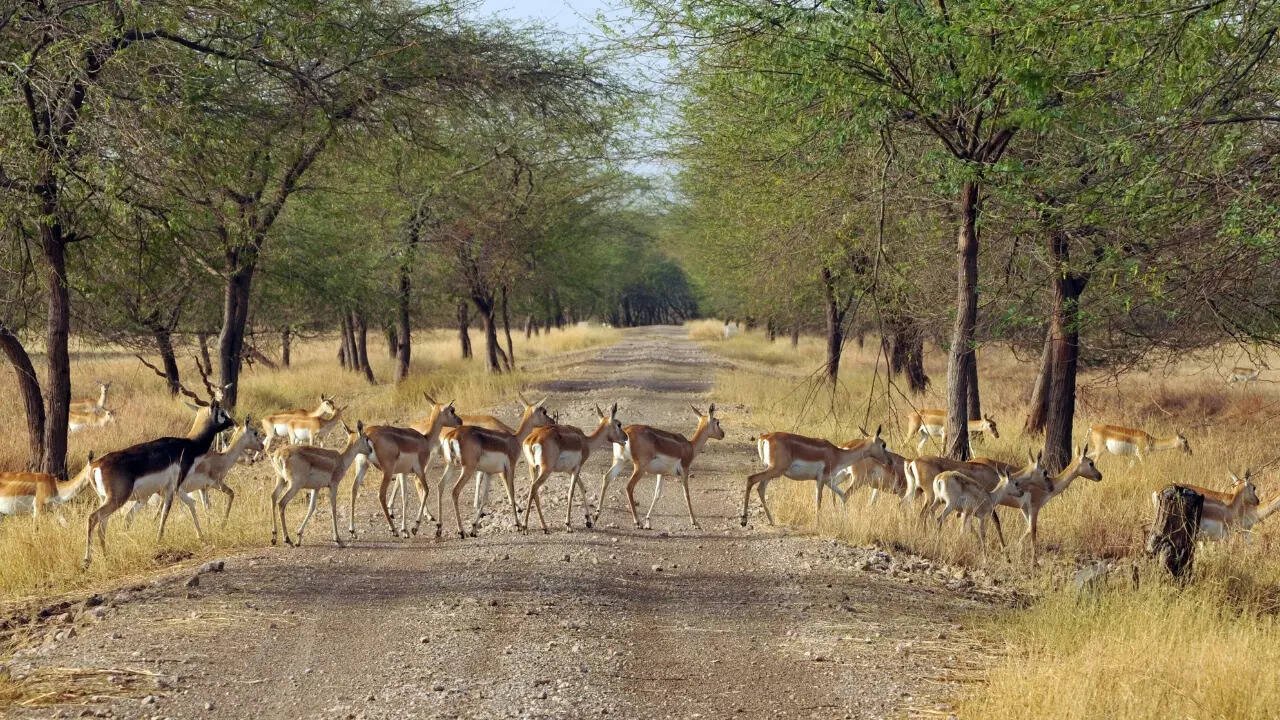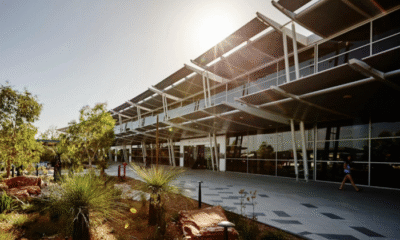Travel Guides & Articles
Italy Tourism Set to Break All Records in 2025, Projected to Achieve a Historic Milestone of 60.4 Billion Euros in International Visitor Spending, According to WTTC, Reinforcing Its Status as a Global Travel Leader, Latest You Need To Know

Published on
July 28, 2025
Italy’s tourism sector is on the verge of a record-breaking year in 2025, with international visitors expected to spend an unprecedented 60.4 billion euros, according to the latest data from the World Travel & Tourism Council (WTTC). This remarkable forecast is a direct result of Italy’s strong post-pandemic recovery and its continued allure as one of the world’s most sought-after destinations. The country’s unmatched appeal in areas such as luxury, wellness, culture, and gastronomy has solidified its position as a global tourism leader. With the increasing demand for travel to Italy and the ongoing investments in tourism infrastructure, 2025 is set to be a historic year, reinforcing Italy’s status as a powerhouse in the global travel industry.
Italy’s tourism sector is set to achieve unprecedented growth in 2025, with international tourist spending projected to reach an all-time high of 60.4 billion euros. This remarkable achievement is a testament to the country’s strong post-pandemic recovery and continued appeal as one of Europe’s premier destinations. Italy remains a global leader in various sectors such as wellness, luxury, culture, and gastronomy, further solidifying its status as a top choice for tourists worldwide.
A Surge in Economic Contribution
The latest figures from the World Travel & Tourism Council (WTTC) reveal that the tourism sector will contribute significantly to Italy’s economy in 2025. According to the WTTC’s Economic Impact Research (EIR), the industry is forecast to support 3.2 million jobs in the country, a 100,000 increase from the previous year. The overall economic contribution of the tourism sector is set to reach 237.4 billion euros, which represents nearly 11% of Italy’s Gross Domestic Product (GDP). This surge in tourism-related activities reflects Italy’s growing influence as a global tourism powerhouse.
In addition to international spending, domestic tourism is also thriving. Projections indicate that spending by local tourists will total 124.6 billion euros in 2025, underscoring the strength of the Italian tourism market both at home and abroad.
A Government Committed to Tourism Growth
Italy has long recognized the importance of tourism to its economic and social well-being. Since 2021, the country has made a significant policy move by establishing a dedicated Ministry of Tourism, a decision that distinguishes Italy from many other European and G20 countries. This initiative highlights the government’s recognition of the sector’s vital role in fostering economic growth, job creation, and cultural exchange.
The government has also prioritized key areas such as sustainability, innovation, and workforce development. New national campaigns have been launched to encourage travelers to explore lesser-known destinations, helping to spread the benefits of tourism more evenly across the country. These efforts aim to ensure that tourism growth is both responsible and sustainable, benefiting not just popular cities like Rome and Venice but also smaller towns and rural areas that rely on tourism for economic stability.
2024: A Year of Positive Performance
Looking back at 2024, Italy’s tourism industry showed solid growth. The sector contributed 228.5 billion euros to the national economy, supporting 3.1 million jobs. Domestic spending reached 122.6 billion euros, while international visitors contributed 55.2 billion euros to the economy. These figures highlight the resilience of Italy’s tourism industry, even in the aftermath of the global health crisis.
The country’s tourism sector is continuing to improve, thanks to strategic investments in infrastructure, connectivity, marketing, and workforce skills. This positions Italy as a leader in tourism-driven economic growth in Europe and sets the stage for even greater achievements in the coming years.
Forecasting the Future: 2035 and Beyond
Looking ahead, the WTTC predicts that by 2035, Italy’s tourism sector will contribute 282.6 billion euros to the national economy, representing 12.2% of the country’s GDP. The sector is also expected to support 3.7 million jobs, continuing to provide valuable employment opportunities for Italians.
International tourism spending is projected to increase significantly, reaching 78 billion euros by 2035, while domestic spending is expected to grow to 142.5 billion euros. This long-term forecast shows that Italy’s tourism sector will remain a key driver of the nation’s economic growth well into the future.
Opportunities for Small and Medium-Sized Enterprises
As Italy’s tourism sector enters a new phase of expansion, opportunities for small and medium-sized enterprises (SMEs) are growing rapidly. The country’s thriving tourism economy provides an excellent opportunity for local businesses to tap into the increasing demand for diverse travel experiences, products, and services.
In partnership with the Ministry of Tourism, the Italian National Tourist Board (ENIT), the Municipality of Rome, and the Lazio Region, the WTTC will host its 25th Global Summit from September 28 to 30, 2025, at the Auditorium Parco della Musica in Rome. This event will be a vital platform for promoting tourism growth and providing SMEs with valuable insights and networking opportunities. The summit will not only showcase Italy’s tourism potential but will also foster business development and collaboration in the industry.
Conclusion
Italy’s tourism sector is set to break records in 2025, with international spending projected to hit 60.4 billion euros, according to the WTTC. This surge is driven by Italy’s strong post-pandemic recovery, its global appeal in luxury, wellness, culture, and gastronomy, and ongoing investments in tourism infrastructure, solidifying its position as a global travel leader.
Travel Guides & Articles
How Bairabi-Sairang Line, Mizoram’s First Railway Link, Will Cut Travel Time & Boost Local Economy | India News

Last Updated:
Conceptualised 26 years ago, the 51.38 km railway line traverses one of India’s most difficult terrains and includes 48 tunnels stretching almost 13 kilometres in total
Aizawl will be the fourth north-eastern capital after Assam, Tripura, and Arunachal Pradesh to be linked to the national rail network. (All India Radio)
Prime Minister Narendra Modi on Saturday dedicated Mizoram’s first railway line, the Bairabi-Sairang line to the nation, highlighting how it will be a “lifeline of transformation” by helping people avail better services and local businesses will get access to the rest of the country.
“This is not just a railway connection, but it is a lifeline of transportation. It will revolutionise the lives and livelihoods of people of Mizoram. Farmers and businesses of Mizoram can reach more markets across the nation,” the prime minister said.
Calling the inauguration of the railway line a “historic day”, PM Modi said: “This is a historic day, particularly for the people of Mizoram. From today, Aizwal will be on India’s railway map. A few years ago, I had the opportunity to lay the foundation stone for the Aizwal railway line. Today we proudly dedicate it to the people of the nation.”
Architectural Marvel
Conceptualised 26 years ago, the 51.38 km railway line traverses one of India’s most difficult terrains.
The railway line includes 48 tunnels stretching almost 13 kilometres in total, along with more than 40 bridges. One of the most remarkable is Bridge No. 196, which towers 104 meters above the ground—42 meters higher than the Qutub Minar in Delhi. Carved through thick forests, rugged hills, and areas vulnerable to landslides, the line stands as a testament to determined engineering and careful planning.
Aizawl will be the fourth north-eastern capital after Assam, Tripura, and Arunachal Pradesh to be linked to the national rail network.
How does it help commuters?
Until now, the journey between Bairabi and Sairang meant long, difficult road travel through mountainous terrain. The new rail line cuts travel time between Aizawl and Silchar to just three hours, compared to seven by road.
In July, News18 had reported that the ministry is planning to introduce Vande Bharat and Rajdhani services from Aizawl based on feasibility and demands. These trains will allow the people of Aizawl to easily reach the country’s major cities, and it will be convenient for them to come and go during festivals.
“Mizoram had no train link till now. This project will transform connectivity in the Northeast,” said KK Sharma, CPRO, Northeast Frontier Railway.
The state government also estimates that tourist arrivals will increase by 50 per cent within the next five years which will help push up sales in hotels, homestays, handicraft markets and transport services.
Apart from the tourism and trade perspectives, the new railway line strengthens India’s border infrastructure in a region close to the India-Myanmar border, critical from a national security perspective. It could potentially support military logistics and disaster response in this sensitive border region in case of an exigency.
The News Desk is a team of passionate editors and writers who break and analyse the most important events unfolding in India and abroad. From live updates to exclusive reports to in-depth explainers, the Desk d…Read More
The News Desk is a team of passionate editors and writers who break and analyse the most important events unfolding in India and abroad. From live updates to exclusive reports to in-depth explainers, the Desk d… Read More
Mizoram, India, India
September 13, 2025, 12:18 IST
Read More
Travel Guides & Articles
Indian travel blogger shares budget hacks, exact cost of 2-week Italy trip: ₹46K flights, ₹38K stay and total expense…

Dreaming of a vacation in Italy but not sure where to begin – or how much you need to save? From flights and accommodation to food, sightseeing, and hidden expenses, planning a trip to Europe’s most sought-after destination can feel overwhelming.
Also Read | Packing 101: Everything you need to download before a vacay
{{^usCountry}}
{{/usCountry}}
To make things easier, a travel creator, who goes by the Instagram handle Taking Window Seat (hereby referred to as TWS), has shared his experience of traveling through Italy, complete with a detailed breakdown of expenses. In an Instagram video posted on August 12, he explained accommodation and travel charges, including how much money he spent on food, paid attractions, inter-city travel and much more. He also provided affordable, money-saving tips for those on a budget.
Total expenses
{{^usCountry}}
The travel blogger spent two weeks in Italy and according to his estimates, it is an expensive travel destination. He provided a complete cost breakdown of his trip, starting with round trip flights from India to Milan and back from Rome to India, which amounted to a total of ₹46,000. In addition to flight expenses, he also paid ₹13,500 for travel insurance and Schengen visa.
{{/usCountry}}
{{#usCountry}}
The travel blogger spent two weeks in Italy and according to his estimates, it is an expensive travel destination. He provided a complete cost breakdown of his trip, starting with round trip flights from India to Milan and back from Rome to India, which amounted to a total of ₹46,000. In addition to flight expenses, he also paid ₹13,500 for travel insurance and Schengen visa.
{{/usCountry}}
“We explored three cities in Italy: Milan, Florence, and Rome. And while staying in these cities, we also took some day trips, such as to Lake Como, Cinque Terre, and the entire Tuscan region,” said TWS, and added, “For inter-city travel, we paid a total of ₹2,000, and we booked all tickets 2 months in advance from the official websites because train prices here increase with time.”
Based on his experience, accommodation turned out to be the biggest expense. The blogger continued, “We stayed in Airbnbs in every city, with an average price of ₹6,500 per day, except Milan, which was for ₹8,000.” He also pointed out affordable alternatives for those on a tighter budget, recommending hostels that cost around ₹4,000 on average.
The travellers visited some paid attractions in the cities which amounted to a total of ₹15,000, as well as the Champions League semi-finals in San Siro for ₹15,000. Other miscellaneous expenses included, “ ₹3,000 for daily food and drinks, ₹1,000 for an e-SIM, and ₹800 for a travel pass in every city except Florence.”
The overall expenditure for the trip amounted to ₹1,68,100 per person.
Also Read | 30 kg luggage trolleys: Large capacity suitcase to accommodate heavy packing
Budget saving hacks
TWS didn’t just break down expenses – he also shared a few smart money-saving hacks for exploring Italy on a tighter budget.
- Staying in a hostel is not only affordable but also provides a chance to socialise with fellow travelers or locals. Some hostels recommended by the travel blogger are:
Milan: Ostello Bello Grande, YellowSquare Milan
Florence: Plus Florence, Ostello Bello Firenze
Rome: The RomeHello, YellowSquare Rome
- Cooking at your Airbnb saves quite a bit of money, and it is quite accessible because supermarkets are everywhere.
- TWS recommends booking trains directly from Trenitalia or Italo in order to skip extra fees, and avoiding Omio or Trainline.
- Buying wines from supermarkets is much cheaper than ordering at bars.
- Florence is a walkable city, so spending money on local transport is not required.
- In the cities that have metro or trams, using a travel pass is cost-effective.
- Avoid taxis since they are very expensive in Italy.
- Watch out for Service Charges at dine-in restaurants; takeaway for budget meals is preferable.
- Milan and Amalfi are expensive, so TWS recommends planning your days ahead.
- He suggests using Zero Markup Cards like Scapia to avoid TCS and conversion charges.
- Avoid buying airport SIM cards, instead carry an eSIM like Matrix Cellular.
- Visa should be applied six months in advance.
- The best months for budget travel are March, April, and October.
Note to readers: This report is based on user-generated content from social media. HT.com has not independently verified the claims and does not endorse them.
This article is for informational purposes only and not a substitute for professional advice.
{{^usCountry}}
{{/usCountry}}
{{^usCountry}}
{{/usCountry}}
Catch your daily dose of Fashion, Taylor Swift, Health, Festivals, Travel, Relationship, Recipe and all the other Latest Lifestyle News on Hindustan Times Website and APPs.
Catch your daily dose of Fashion, Taylor Swift, Health, Festivals, Travel, Relationship, Recipe and all the other Latest Lifestyle News on Hindustan Times Website and APPs.
Travel Guides & Articles
Visit these India’s 5 stunning forests rich in wildlife and wonder

Fourth largest national park of India, located in Arunachal Pradesh of Northeast India. Most popular for its enormous biodiversity and untouched tropical rainforests. The park features about 1,000 floral and 1,400 fauna species. Namdapha is, infamously, the only world protected area where all four Indian big cats — tiger, leopard, snow leopard, and clouded leopard — coexist. Other animals that inhabit it include Asiatic black bears, Malayan sun bears, dhole (wild dogs), and more. It is a botanical wonderland and a wildlife conservation haven of Northeast India and also been declared an eco-sensitive area.
-

 Business2 weeks ago
Business2 weeks agoThe Guardian view on Trump and the Fed: independence is no substitute for accountability | Editorial
-
Tools & Platforms1 month ago
Building Trust in Military AI Starts with Opening the Black Box – War on the Rocks
-

 Ethics & Policy2 months ago
Ethics & Policy2 months agoSDAIA Supports Saudi Arabia’s Leadership in Shaping Global AI Ethics, Policy, and Research – وكالة الأنباء السعودية
-

 Events & Conferences4 months ago
Events & Conferences4 months agoJourney to 1000 models: Scaling Instagram’s recommendation system
-

 Jobs & Careers2 months ago
Jobs & Careers2 months agoMumbai-based Perplexity Alternative Has 60k+ Users Without Funding
-

 Podcasts & Talks2 months ago
Podcasts & Talks2 months agoHappy 4th of July! 🎆 Made with Veo 3 in Gemini
-

 Education2 months ago
Education2 months agoMacron says UK and France have duty to tackle illegal migration ‘with humanity, solidarity and firmness’ – UK politics live | Politics
-

 Education2 months ago
Education2 months agoVEX Robotics launches AI-powered classroom robotics system
-

 Podcasts & Talks2 months ago
Podcasts & Talks2 months agoOpenAI 🤝 @teamganassi
-

 Funding & Business2 months ago
Funding & Business2 months agoKayak and Expedia race to build AI travel agents that turn social posts into itineraries





















